
On Thursday 16 December, a life-size marble statue of a woman was found in very good shape in the agora of ancient Epidaurus. It was intact, except for the arms, which would have been additional, and the head, which had probably broken during its fall.
This year’s excavation period was over, but rainfall revealed a small part of the statue. The area was excavated after contact with Alkistis Papadimitriou, Head of the Ephorate, and the staff of the Argolida Ephorate of Antiquities, under the supervision of the Ephorate’s civil engineer Ev. Kazolia and the site’s excavator V. Lambrinoudakis.
The statue depicts a woman wearing a full-length chiton and a himation. The himation was fastened to the left shoulder and arm, from where it hung in rich folds. One end of it folded round the back under the right armpit and was draped at an angle over the left shoulder. In place of the right arm, surfaces that retain the joins from additional parts show that the figure was making a gesture of discovery, i.e. lifting the mantle with the right hand outwards and upwards, typical of married women in antiquity and a characteristic gesture of Hygeia, goddess of Health, the wife or daughter of Asclepius. Initially, the work was dated in imperial Roman times and was transferred to a warehouse in the Asclepieion for storage, cleaning and conservation.
A systematic excavation has been conducted at the site since 2015 by a research team from the University of Athens with financial support from the Ioannis S. Latsis Public Benefit Foundation. Near the ancient city’s theatre (today’s “small theatre of Epidaurus”), in the ancient agora, an important fountain building has been unearthed, with an adjacent enclosure of the 4th c. BCE which in Roman times acquired a portico to the west and a vaulted building on the north side. Evidence has led to the identification of this complex with the sanctuary of Asclepius in the city of Epidaurus as mentioned by Pausanias.
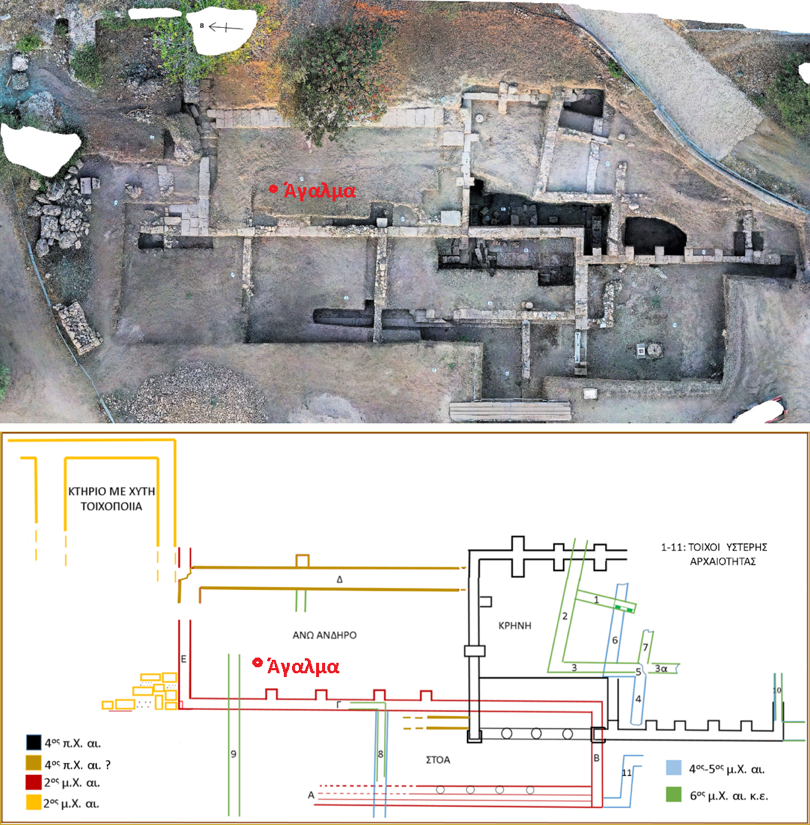

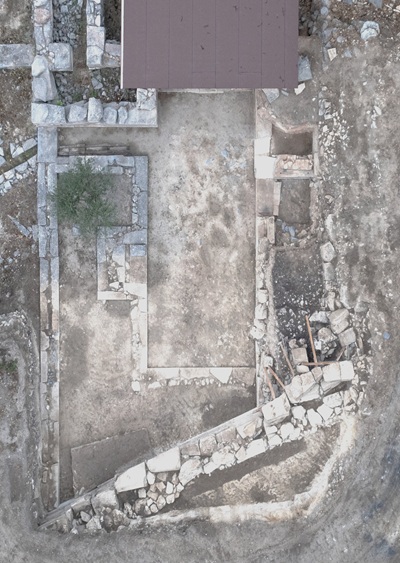
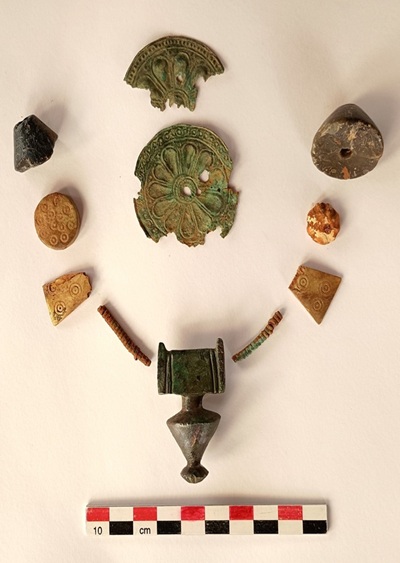
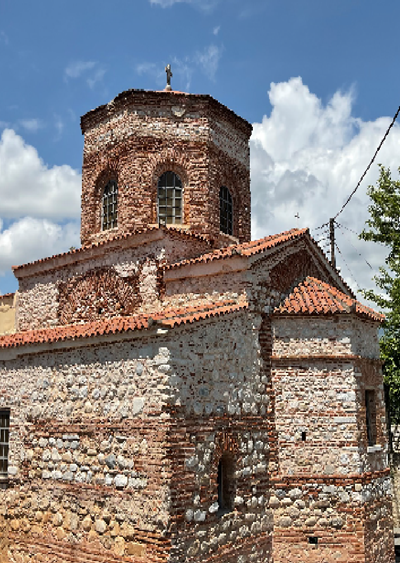
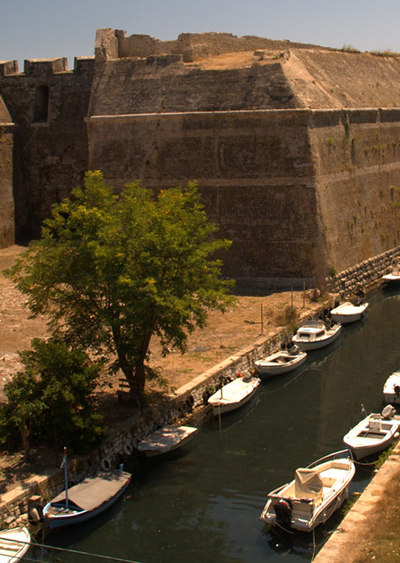


Leave A Comment